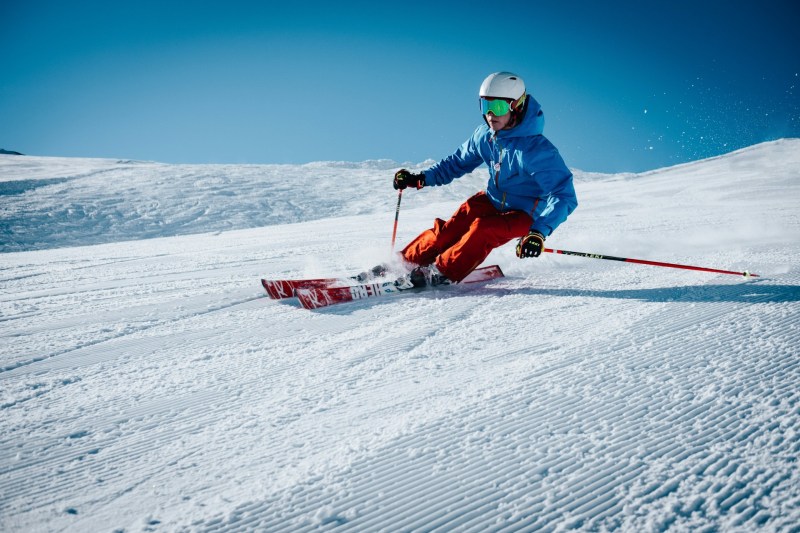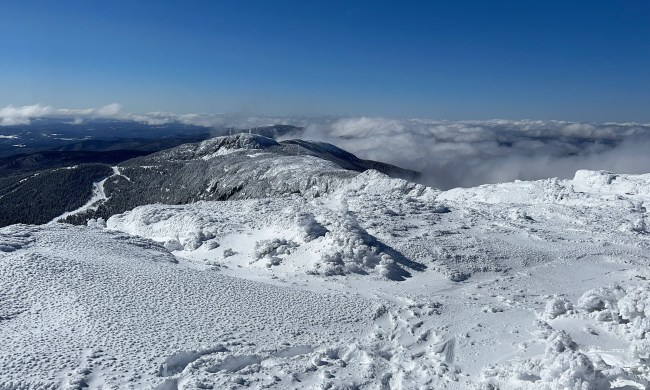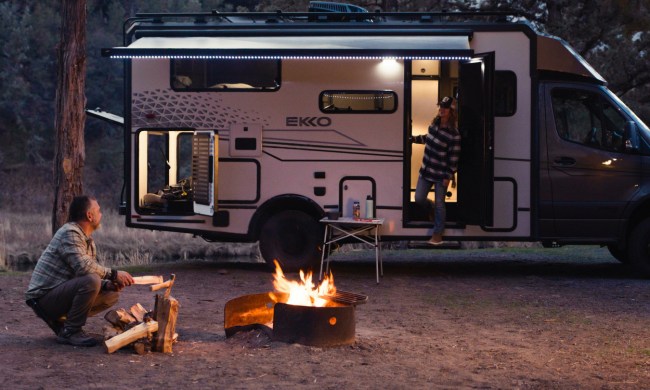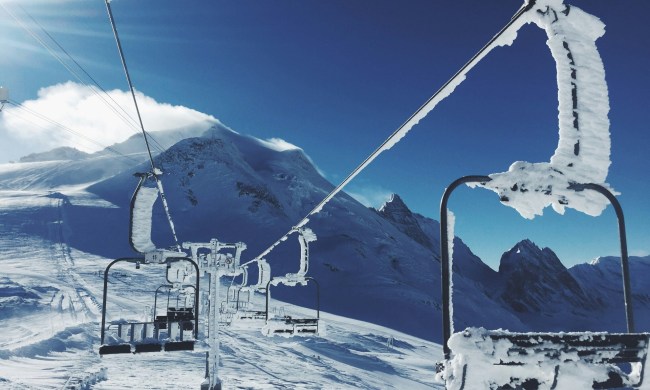Skiing and snowboarding are all about the escape. Escape from work. Escape from obligations. Escape from stress. As you glide and turn down the mountain, the present moment is all that matters. But if you have an iPhone 14 (or newer), its crash detection feature can throw a wrench in that experience.
Apple’s Crash Detection feature summons emergency services in the event of an auto accident. Using sensors to detect collisions, the software is a valuable tool when time is of the essence. But sometimes, skiers and snowboarders trigger the feature, creating a conundrum for first responders. Here’s what’s been happening, and how to prevent it by updating your iPhone.

How skiing and snowboarding cause false iPhone crash detection alerts
Similar to an auto accident, skiing and snowboarding can involve bumps, stops, and jolts. Most of the time, those are a result of turns, jumps, and skids. But sometimes, the iPhone’s focused sensors correlate mountain fun with a car accident. When the Crash Detection feature falsely kicks into gear, it creates a problem for everyone involved.
Here’s how Crash Detection works. If an iPhone’s sensors detect a collision, its Crash Detection software asks you to call emergency responders or cancel if things are okay. But if you don’t respond after 20 seconds, the software calls for help on its own. Therein lies the problem.
Though Apple tries to prevent false alarms by vibrating the phone during the 20-second countdown, that doesn’t always work and can start a chain reaction of emergency responses. Dispatchers can’t ignore possible distress calls, taking up enormous resources every time Crash Detection signals a problem.
According to Minnesota Public Radio, skiers and riders increasingly trigger false Crash Detection alerts. The combination of physical forces and hidden phones set a process in motion that strains already hard-working emergency services. But there are steps you can take to prevent that.

How to prevent false Crash Detection alerts when skiing and snowboarding
The easiest way to stop Crash Detection from interrupting your day on the hill is to turn it off. You can do that in the Settings menu. But it is useful software if a car accident does occur, so downloading Apple’s latest software update may be the safer bet. Here’s how.
The newly-released iOS 17.3 update includes optimizations for Crash Detection on iPhone 14 and iPhone 15 models. On your iPhone, go to Settings, General, then Software Update to download the latest release. While iOS 17.3 might not prevent all false alarms, it’s a reassuring upgrade for skiers and snowboarders.
Apple’s Crash Detection software adds a helping hand when iPhone users experience a car accident. Automatically contacting emergency responders saves time and sends help as soon as possible. But when skiers or snowboarders inadvertently trigger the system, it creates problems all around by straining first responders and interrupting time on the mountain. To prevent that, just turn off the feature, or better yet, download the latest version of iOS, so you can enjoy your turns to the fullest.




